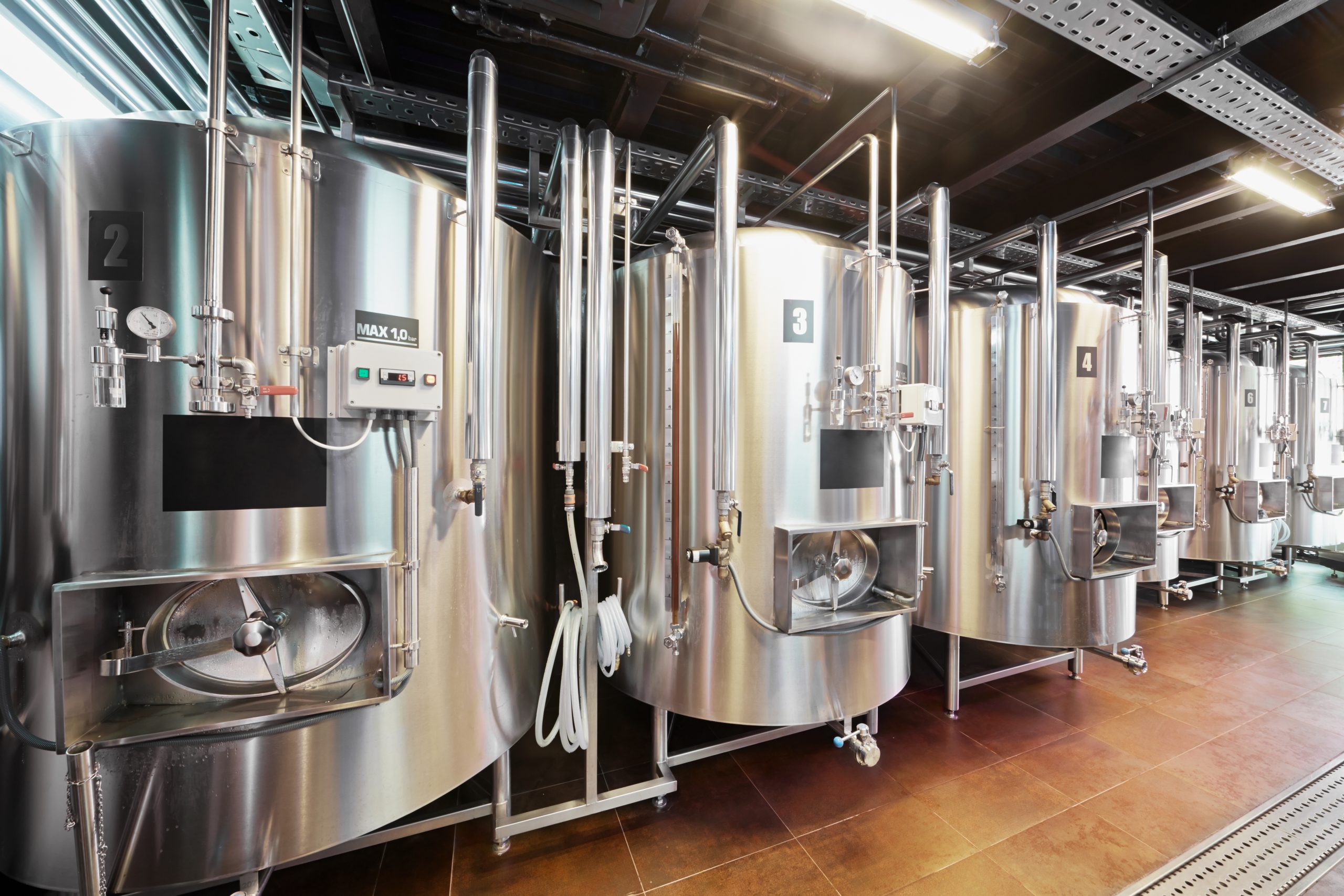


We’ve said it before, but the craft beer movement is here to stay. So who’s responsible for the the craft boom? The little guys.
According to the Brewers Association, microbreweries (defined as breweries that produce less than 15,000 barrels per year with 75% or more sold off-site) accounted for 60% of craft’s category growth in 2017. Many microbreweries start off as brewpubs, a restaurant-brewery that sells at least 25% of its beer onsite. Brewpubs grew by double-digits in 2017, up 15% from 2016.
More and more restaurants are starting their own brewpubs to capture the attention of craft beer enthusiasts. You may be asking yourself, how do I start a brewpub in my restaurant? We share a brief rundown of the legal steps you need to take, the challenges to consider, and perks of starting a brewpub.
As with most things, you’ll need some special paperwork to get your brewpub operations off the ground. While it may not be a requirement, hiring a good lawyer should be one of your first steps. You may already have one on retainer, but make sure he or she is familiar with the type of permits and licenses you’ll need. Having a competent and dedicated lawyer aboard will give you peace of mind that everything is taken care of, but it also gives you the space to focus on creating a great beer product.
Next, you’ll need the appropriate licenses and permits. Of course, alcohol laws and regulations vary state by state, but a few brewpub laws and permits you should be aware of include:
Proper research, trademarking, and consulting with a lawyer will smooth this process out.
One of the biggest challenges any new product company faces is figuring out how to distribute their new product. As an established bar or restaurant, you’ll have a head start. You’ll likely start out by selling your beer at your own bar. Beer on tap, growlers, and eventually bottled or can packs are a great start (and stop if you want to keep it that way.) But, what do you do when you want to sell your beer beyond your doors?
You have two options: self-distribution or working with a distributor.
If you have the manpower, self-distributing your beer is a great option for brewpubs looking to keep profit margins high and control which bars and shops sell their product. Self-distribution is currently legal in 36 states. The major downsides of self-distribution include higher upfront costs for labor, delivery trucks, and warehouse space. It also limits your ability to sell the beer across state lines.
On the other hand, large distributors have extensive knowledge and resources that solo brewers don’t have. They can help you reach new customers in a given geographical area, deal with delivery logistics, and give you time back to focus on your business.
You’re legally approved to share your beautiful beer vision. You have a sales plan, projections, all the legal paperwork in place. Now comes the art; the sweet, bitter, malty, hoppy, science. What kind of beer do you make and why?
Most brewers make a range of different beers to cater to a wide palette. Use your existing inventory and sales data to understand your customers’ tastes. Likewise, if you notice a trend your current lineup isn’t fulfilling, now you can create something to fill it yourself.
Now it’s time to get brewing. Consider your brewing equipment setup into your space design. Do you plan on leasing an off-site building? Do you have space on your property to build an extension? Do you have room to fit your fermenters, kettles, and tanks in your existing infrastructure? If you do, will it all be on display and viewable by your patrons? Depending on what your space allows and the aesthetic you have in mind, placement can make a statement about you and your business.
From the flavor profiles, to the labels you create, everything works together to serve your beer’s overall brand. Make a statement with them. Design gorgeous bottles and labels. Create intriguing and fascinating copy. Aspire and experiment with recipes that will make people come to your brewpub to get your unique flavor.
An enterprising restaurateur should always look into ways to expand their business. Opening your own microbrewery or brewpub adds unique flavor to your restaurant, creates new revenue streams, and allows for incredible levels of menu customization. It’s work, and it’s a long process, but it’s ultimately a rewarding one.
